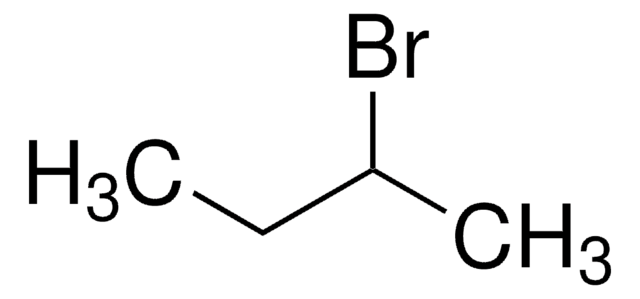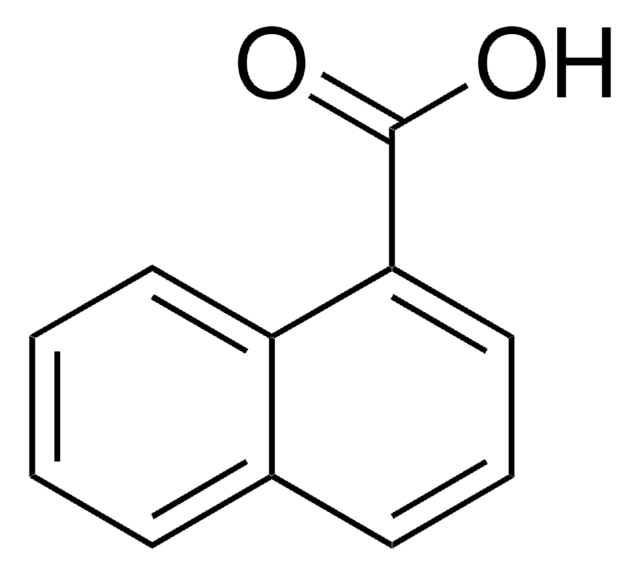156574
1,3-Dibromobutane
97%
Synonym(s):
1,3-Butylenebromide
Sign Into View Organizational & Contract Pricing
All Photos(1)
About This Item
Linear Formula:
CH3CHBrCH2CH2Br
CAS Number:
Molecular Weight:
215.91
Beilstein:
1731231
EC Number:
MDL number:
UNSPSC Code:
12352100
PubChem Substance ID:
NACRES:
NA.22
form:
liquid
Assay:
97%
Recommended Products
Assay
97%
form
liquid
refractive index
n20/D 1.5080 (lit.)
bp
175 °C (lit.)
density
1.8 g/mL at 25 °C (lit.)
SMILES string
CC(Br)CCBr
InChI
1S/C4H8Br2/c1-4(6)2-3-5/h4H,2-3H2,1H3
InChI key
XZNGUVQDFJHPLU-UHFFFAOYSA-N
Looking for similar products? Visit Product Comparison Guide
Application
It has been to investigate its molecular structure and conformational composition by gas-phase electron diffraction and ab initio methods.
Signal Word
Warning
Hazard Statements
Precautionary Statements
Hazard Classifications
Eye Irrit. 2 - Skin Irrit. 2
Storage Class Code
10 - Combustible liquids
WGK
WGK 3
Personal Protective Equipment
dust mask type N95 (US), Eyeshields, Gloves
Choose from one of the most recent versions:
Already Own This Product?
Find documentation for the products that you have recently purchased in the Document Library.
Molecular Structure and Conformational Composition of 1,3-Dichlorobutane and 1,3-Dibromobutane. A Gas-Phase Electron Diffraction and ab Initio Investigation.
Aarset K, et al.
The Journal of Physical Chemistry, 99(28), 11089-11094 (1995)
Rebecca A Musgrave et al.
Chemical science, 10(42), 9841-9852 (2020-02-06)
Ring-opening polymerisation (ROP) of strained [1]- and [2]metallocenophanes and related species is well-established, and the monomer ring-strain is manifest in a substantial tilting of the cyclopentadienyl ligands, giving α angles of ∼14-32°. Surprisingly, tetracarba[4]nickelocenophane [Ni(η5-C5H4)2(CH2)4] (2) undergoes ROP (pyridine, 20
Rahul A Patil et al.
Analytical and bioanalytical chemistry, 410(19), 4645-4655 (2018-01-31)
The rapid expansion in the study and use of ionic liquids (ILs) is a result of their unique properties including negligible volatility, high thermal stability, and ability to dissolve disparate compounds. However, because ILs have infinitely variable structures (often referred
Our team of scientists has experience in all areas of research including Life Science, Material Science, Chemical Synthesis, Chromatography, Analytical and many others.
Contact Technical Service









